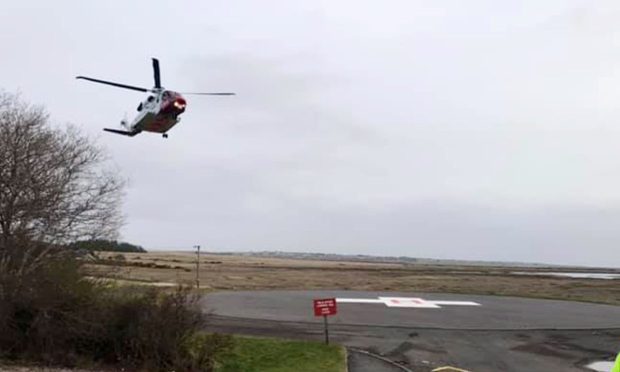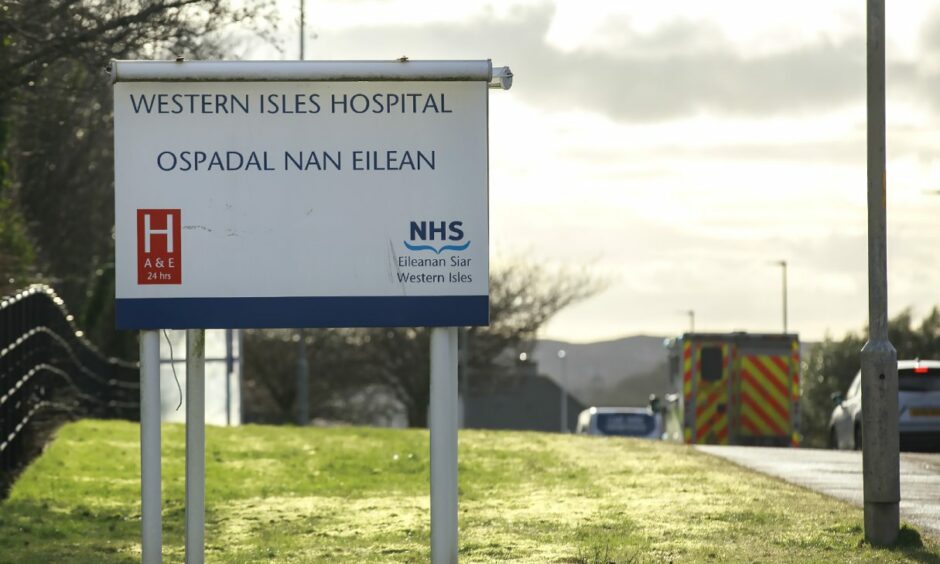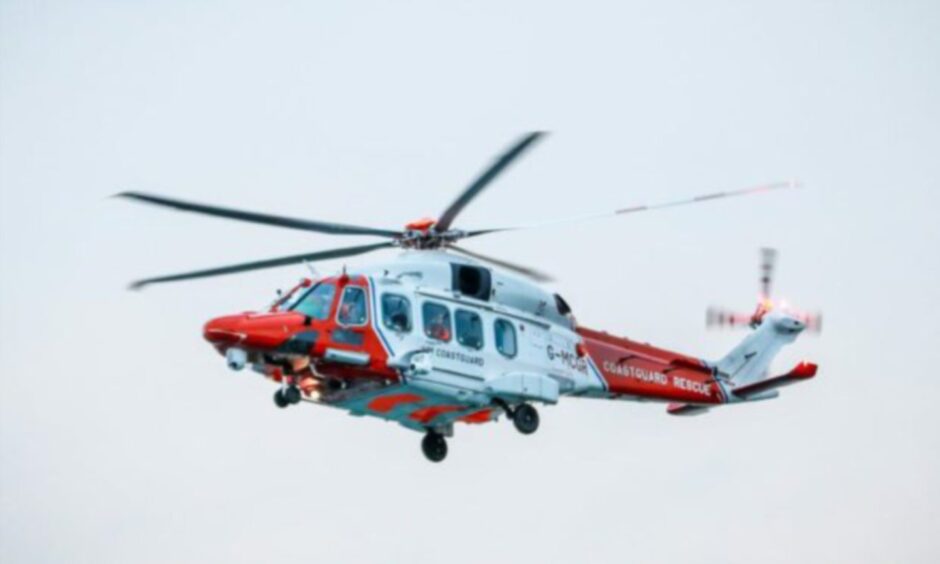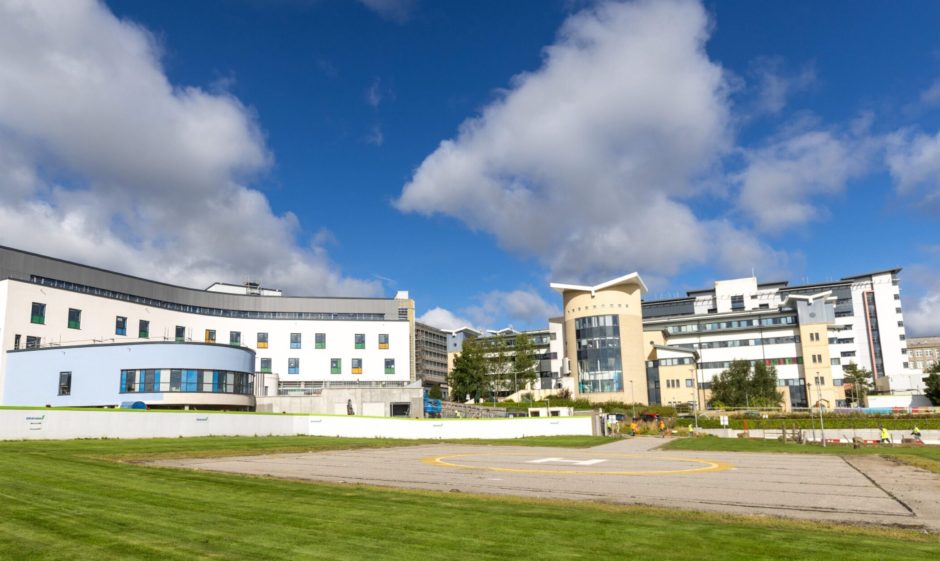Residents in the Western Isles have been told to “not be alarmed” if they see search and rescue helicopters landing in unexpected locations.
The announcement comes as Bristow UK withdraws its search and rescue helicopters from landing at select hospitals across the country, including Western Isles Hospital in Stornoway.
Bristow UK, which operates HM Coastguard search and rescue helicopters, will now be taking patients to Stornoway Airport before they are transferred to the hospital.
The locations are about four miles apart by road.
The decision to pause landings at the Stornoway hospital – and 22 other “red” sites – follows a recommendation from the Air Accident Investigation Branch (AAIB) and updated guidelines from the Civil Aviation Authority (CAA).
The AAIB recommended a safety review at all hospital helicopter landing sites after investigating a fatal incident at Derriford Hospital in Plymouth which took place in March 2022.
An 87-year-old woman, who died in hospital, and other members of the public were “subjected to high levels of downwash” while a helicopter was landing.
“Downwash” means a rapid change in air.
As the helipad at Western Isles Hospital no longer meets the “downwash zone” requirement for large helicopters, it will not be used for search and rescue landings until further notice.
Scottish Ambulance Service and Scottish Charity Air Ambulance services will continue to land at the helipad as normal.
Helicopters pausing landings at Western Isles Hospital
A spokesperson from NHS Western Isles said: “Following a tragic incident in Plymouth, AAIB has made several new recommendations for Hospital Helicopter Landing Sites (HHLS).
“As a direct result of the recommendations, Bristow UK SAR air operator is withdrawing services to sites which they have assessed as not meeting the new additional requirements.
“This relates to 23 HHLS in NHS Scotland and impacts the site at Western Isles Hospital in Stornoway. Only 10 sites across Scotland have been designated as ‘green’ and will continue to be used by SAR helicopters for landing.
“NHS Western Isles would wish to point out that in over 30 years of operation, there have been no incidents relating to physical injury as a result of the location of the helipad at Western Isles Hospital, however we acknowledge and accept the recommendations of the AAIB.
“NHS Western Isles can reassure the public that, in the short term, arrangements are in place for any retrievals by Bristow SAR helicopter from Western Isles Hospital to take place from Stornoway airport until further notice.”
Working on a permanent solution
Bristow UK’s search and rescue helicopters landed at the Western Isles Hospital helipad a total of 52 times between May 2022 and May 2024.
The health board has confirmed discussions are taking place to find potential new sites which could be used for landings.
They added this may involve test landings in areas where historically helicopter landings may not have taken place – but “members of the public should not be alarmed if they see the helicopter landing in an area unexpectedly”.
Work is also under way to find a permanent solution which could involve relocating the helipad or extending the current site to meet the new requirements.
The landing pad at Western Isles Hospital received a major upgrade in 2016 after receiving a £40,000 donation from the HELP (Helicopter Emergency Landing Pads) Appeal.
The spokesperson added: “It is important to NHS Western Isles that the longer term landing of SAR helicopters is available at Western Isles Hospital.”
Safety is a ‘priority’
Bristow UK’s decision to withdraw from select sites while reviews are carried out was shared in a safety action notice issued by NHS Scotland Assure last month.
The firm has also halted landings at Aberdeen Royal Infirmary (ARI) – where Bristow UK make up about 10% of all landings at the Helipad.
A Bristow Helicopters spokesperson added: “Safety is always our first priority.
“Guidelines for safe Search and Rescue (SAR) helicopter operations to Hospital Helicopter Landing Sites (HHLS) are set by the CAA.
“Management of these sites is the legal responsibility of the NHS Trusts. We continue to work with all NHS Trusts to ensure continued safe operations within CAA guidelines at all sites.”




Conversation